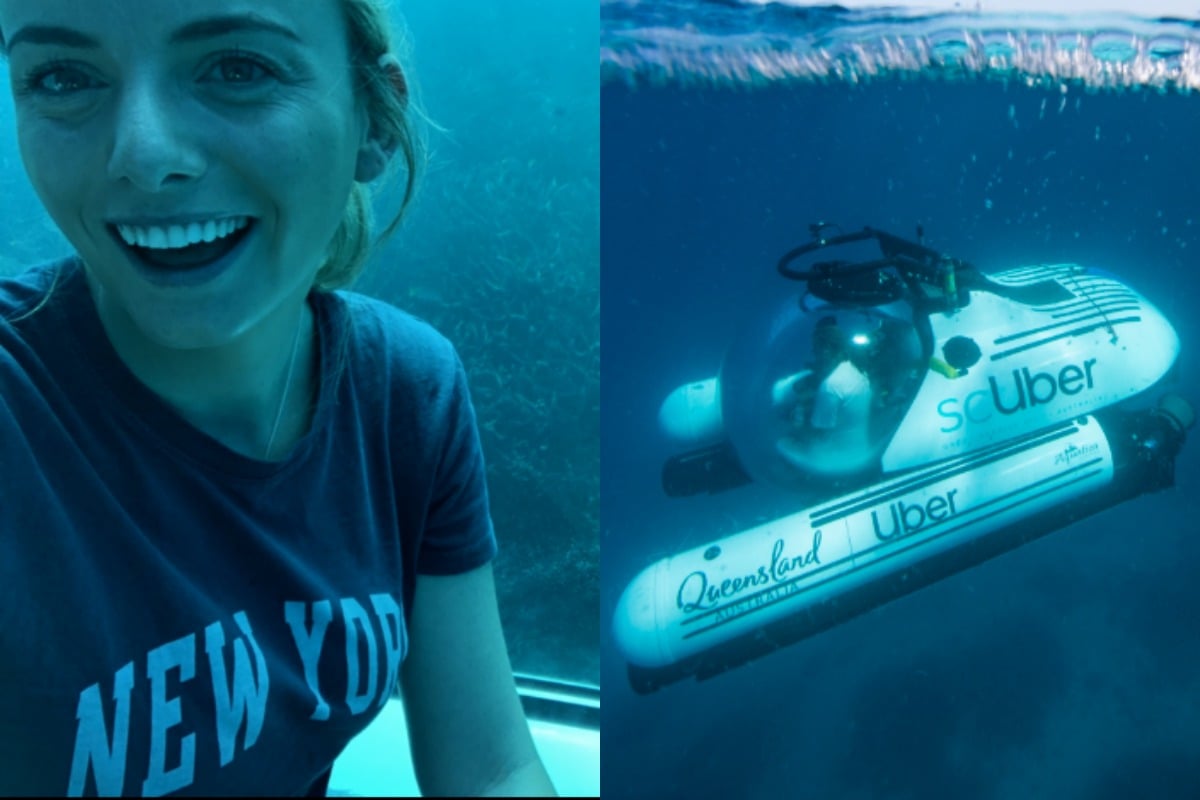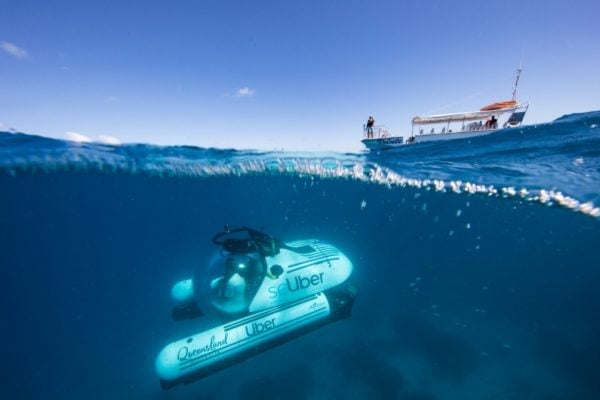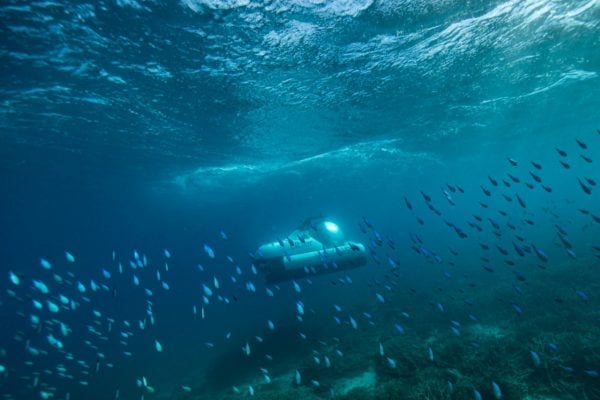
I’ve spent the better part of 12 months trying to explain to my 93-year-old grandfather how Uber works.
We downloaded the app. I tried to explain how they know where he is and why he doesn’t need to pay them with cash from his wallet. (Dude… who still carries cash?)
We were making progress.
And then one week ago, I sent him a text message.
“Hey Pop! Just got off a ScUber. It’s like an Uber, but a submarine. We saw a turtle. Here’s a photo of me in it! It was driven by a pilot with a PlayStation controller and it’s battery powered. So cool! Talk soon xxx.”
Here’s what a ScUber looks like. Post continues.
We did not talk soon, because my Pop is yet to reply.
I imagine that he read the message, then muttered “ScUber” to himself and shook his head with an air of irritation. He would’ve proceeded to consult his set of encyclopedias and flicked to ‘S’. When he couldn’t find it, he would’ve tsk-ed, and re-read the “it’s like an Uber but a submarine” portion of the message which would have really thrown him.



Top Comments
Now I'm wondering if UberEats are up to the challenge and make a delivery
God, I feel anxious and claustrophobic just looking at those pictures. Cool turtle though.